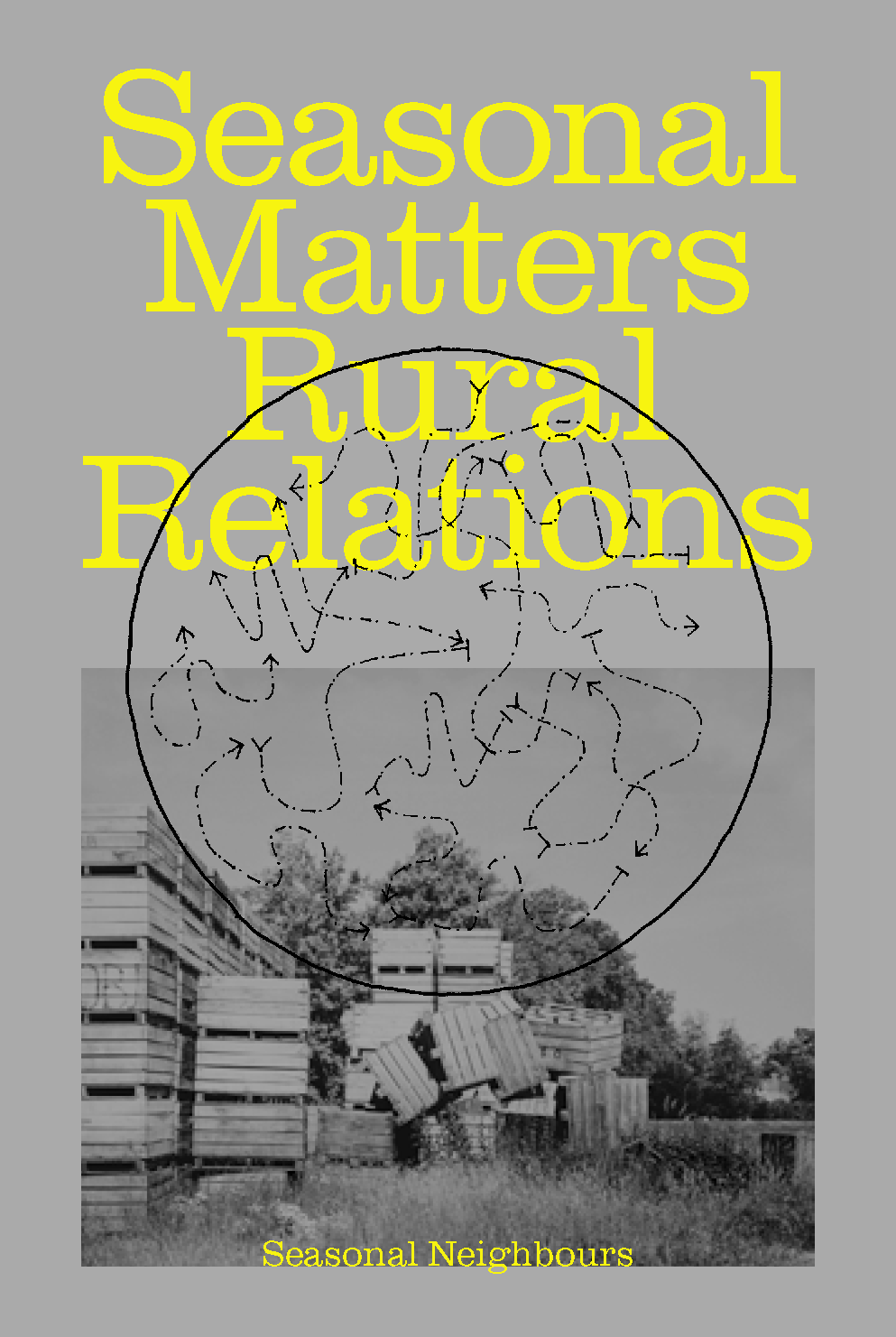

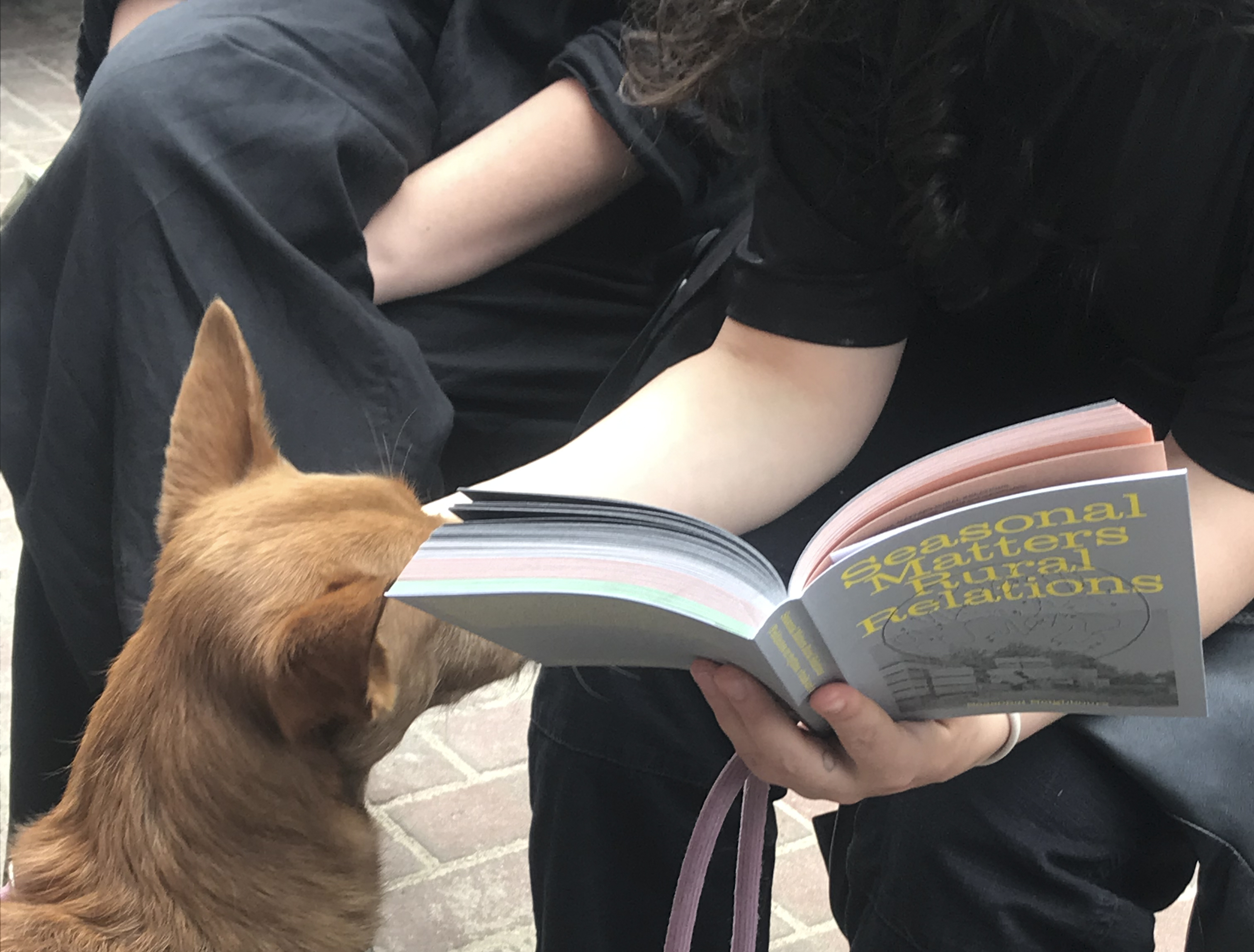
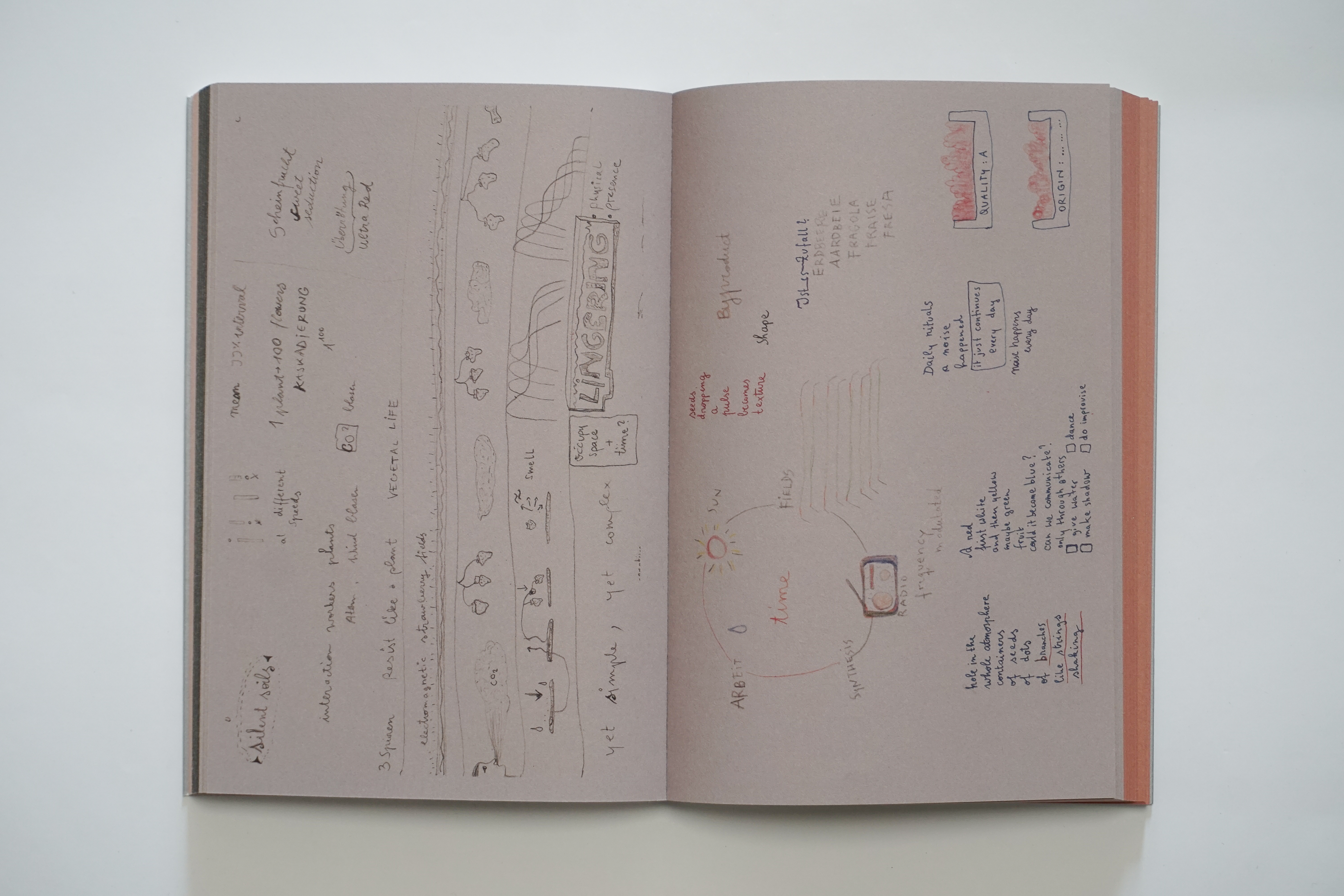
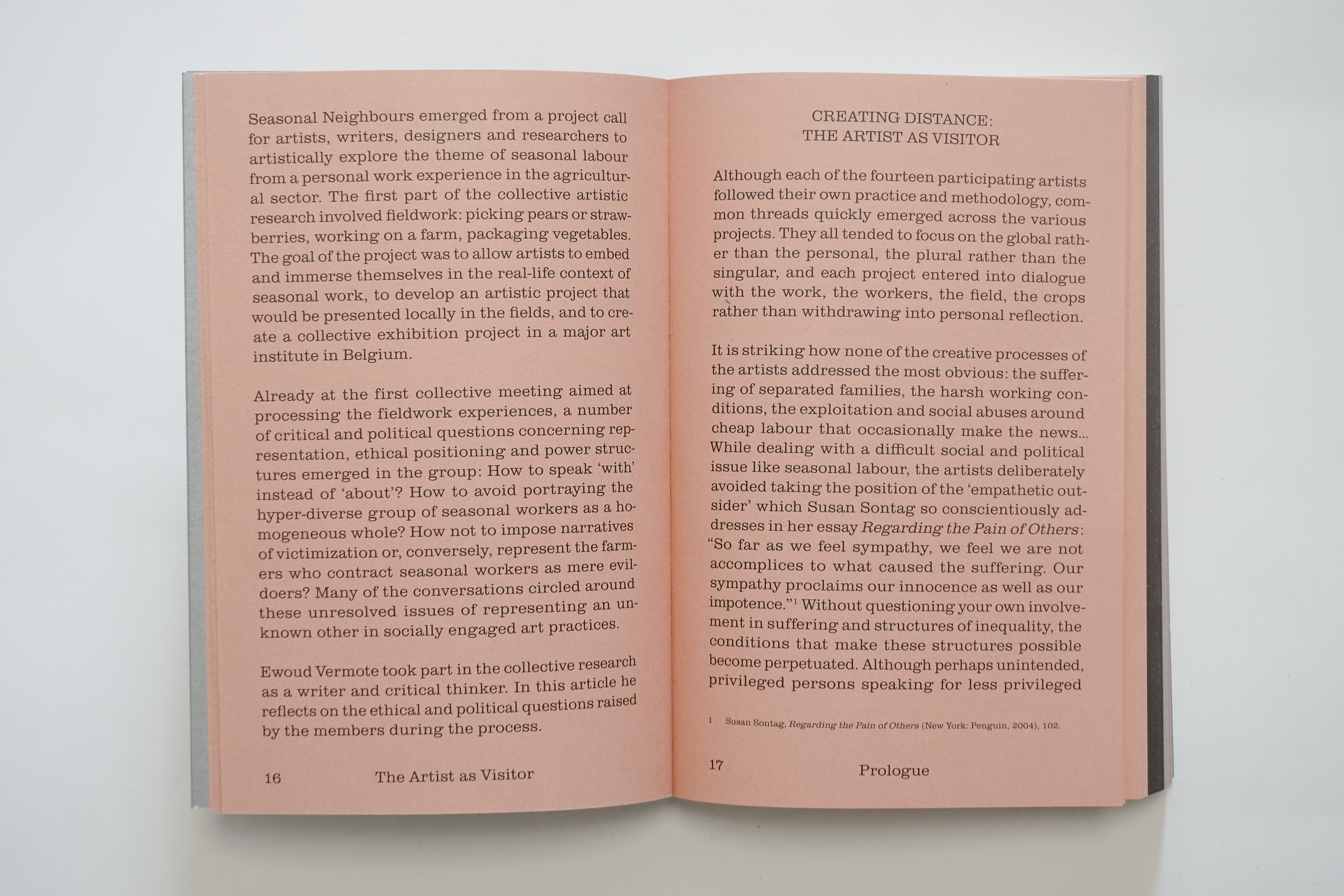
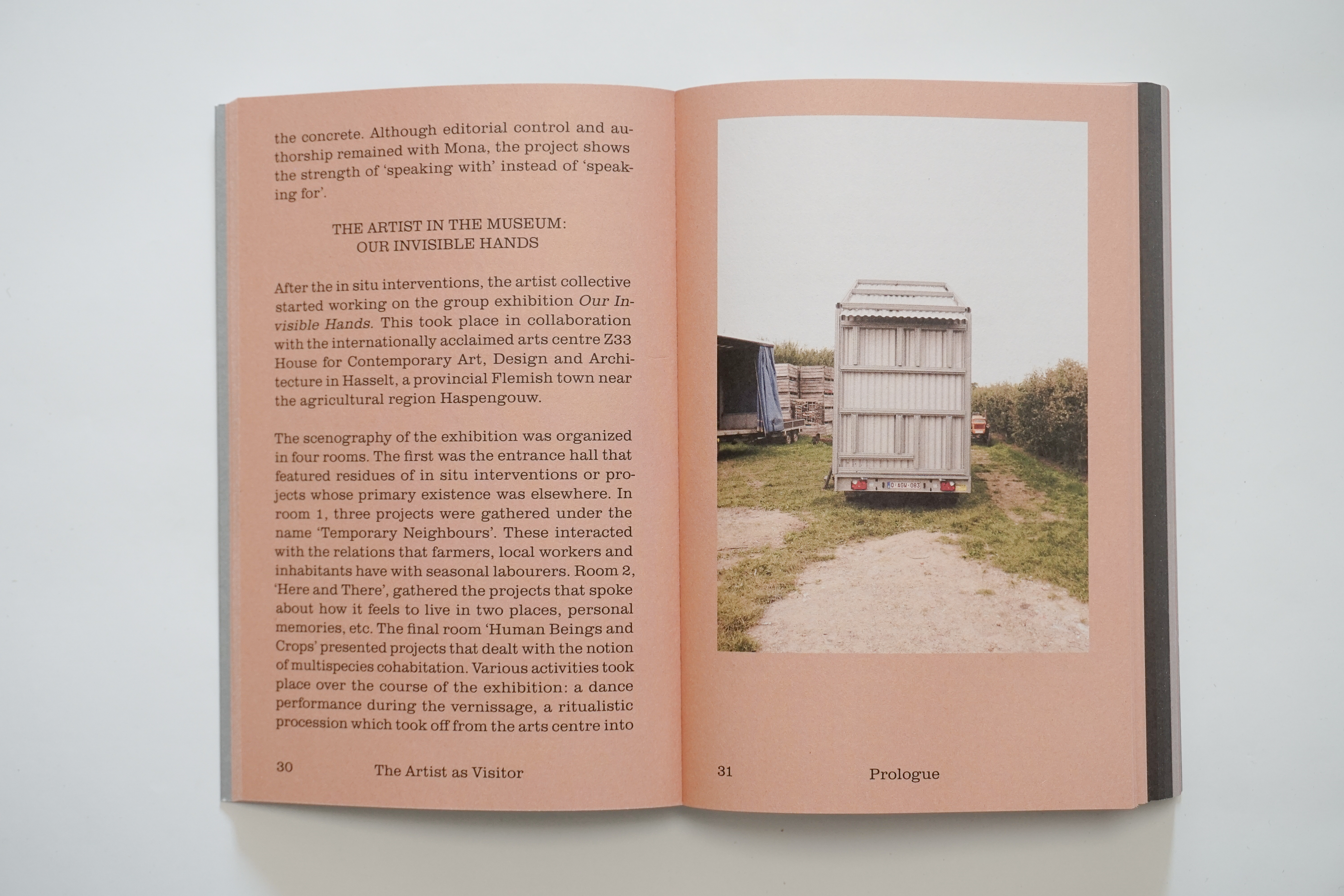
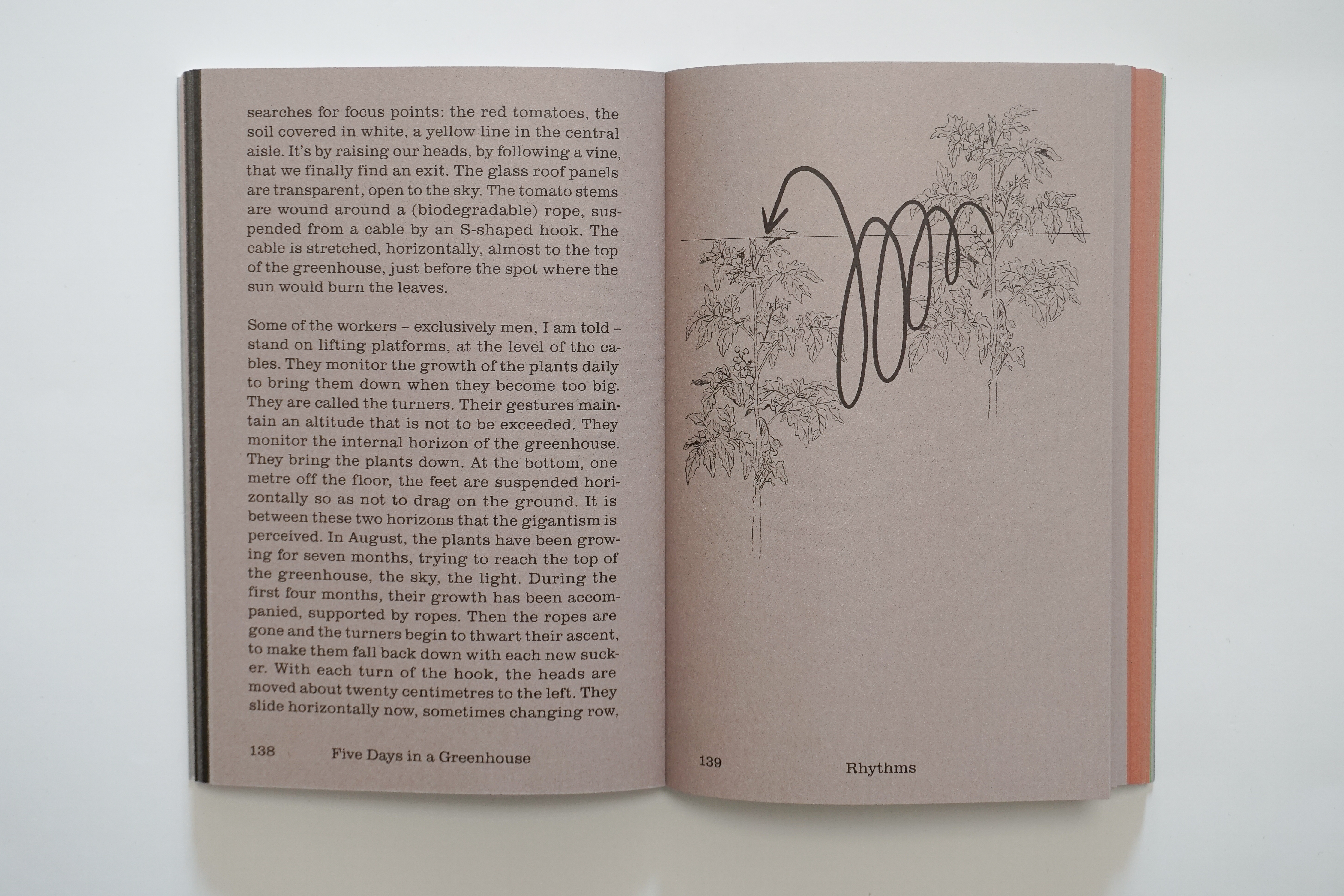



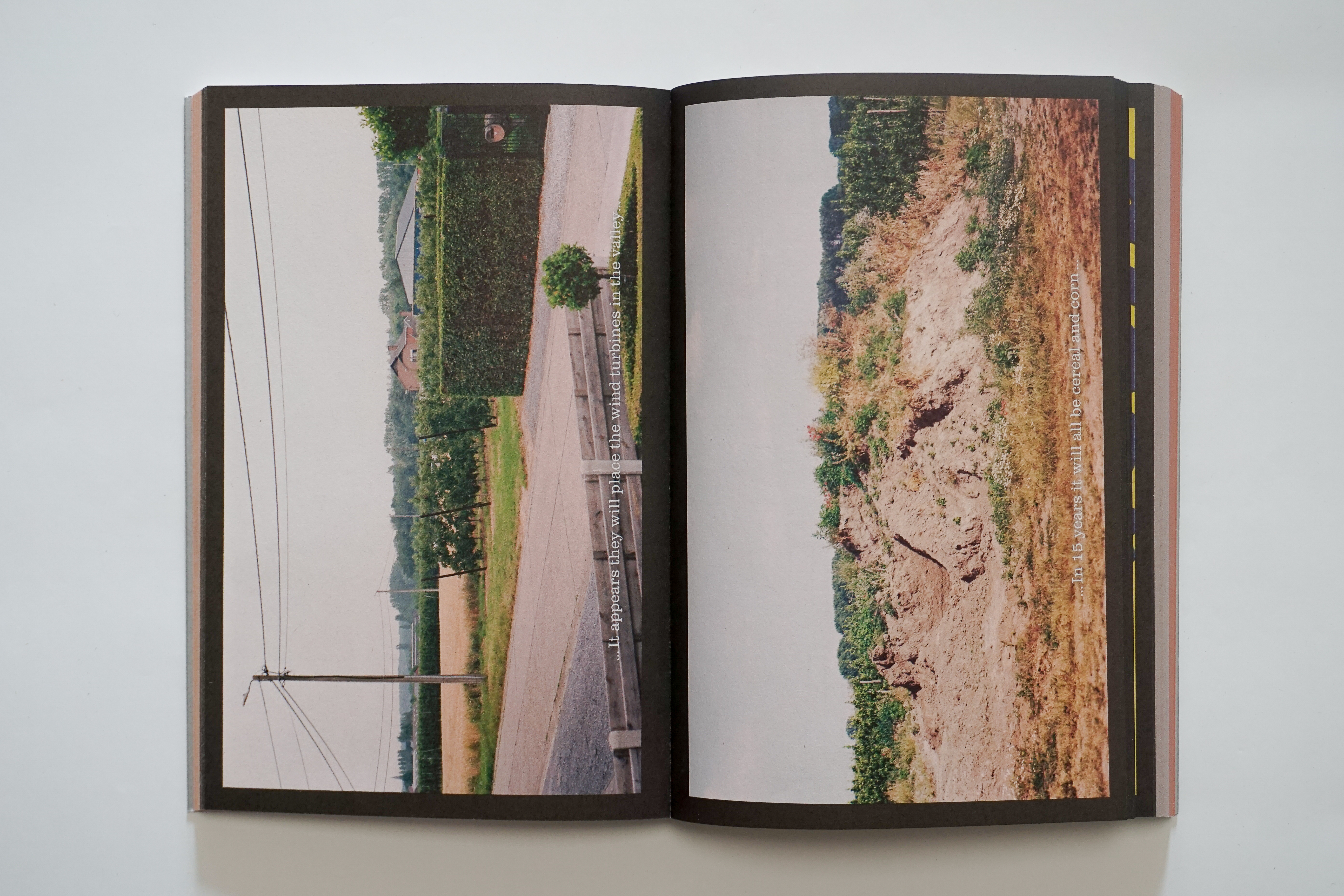
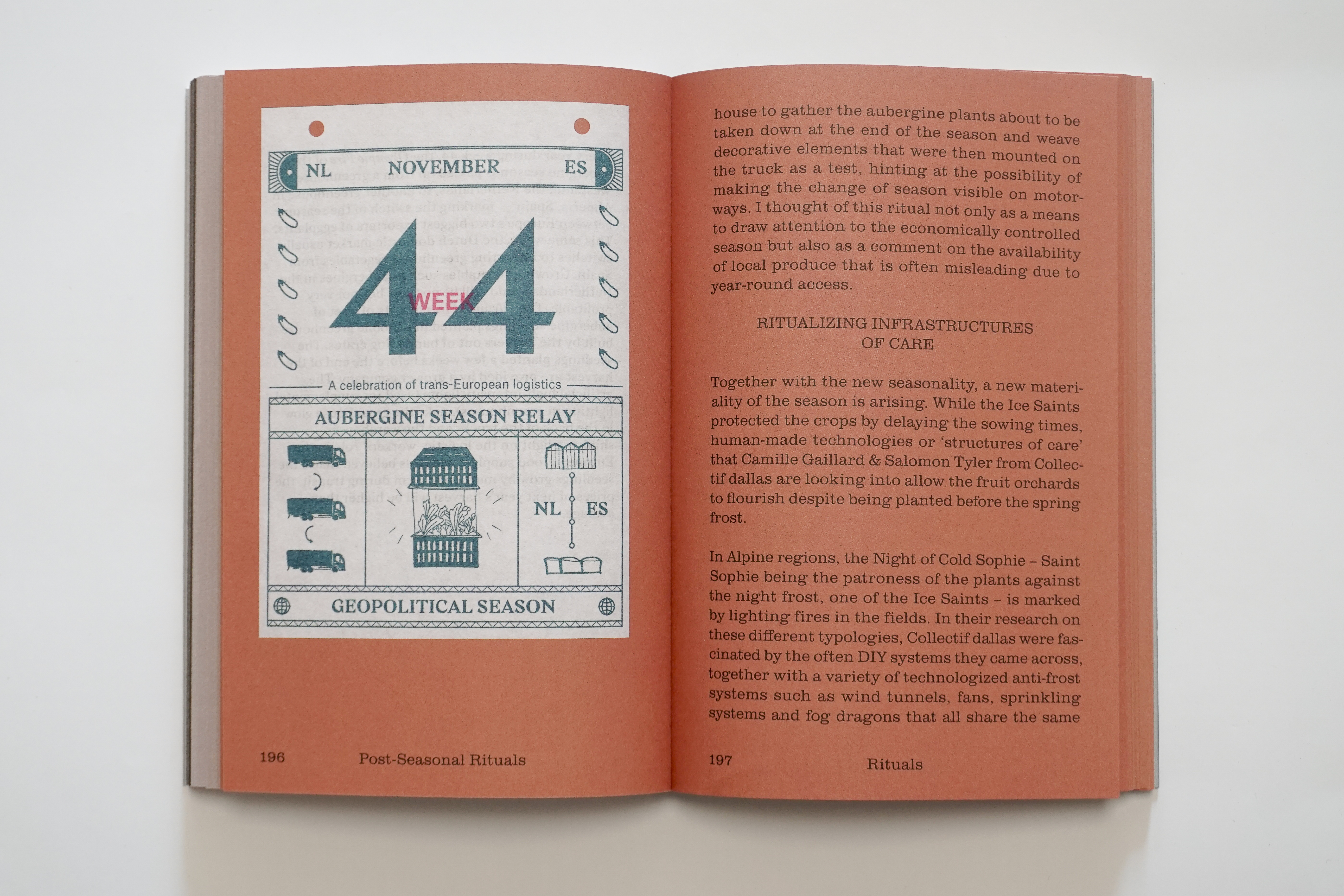
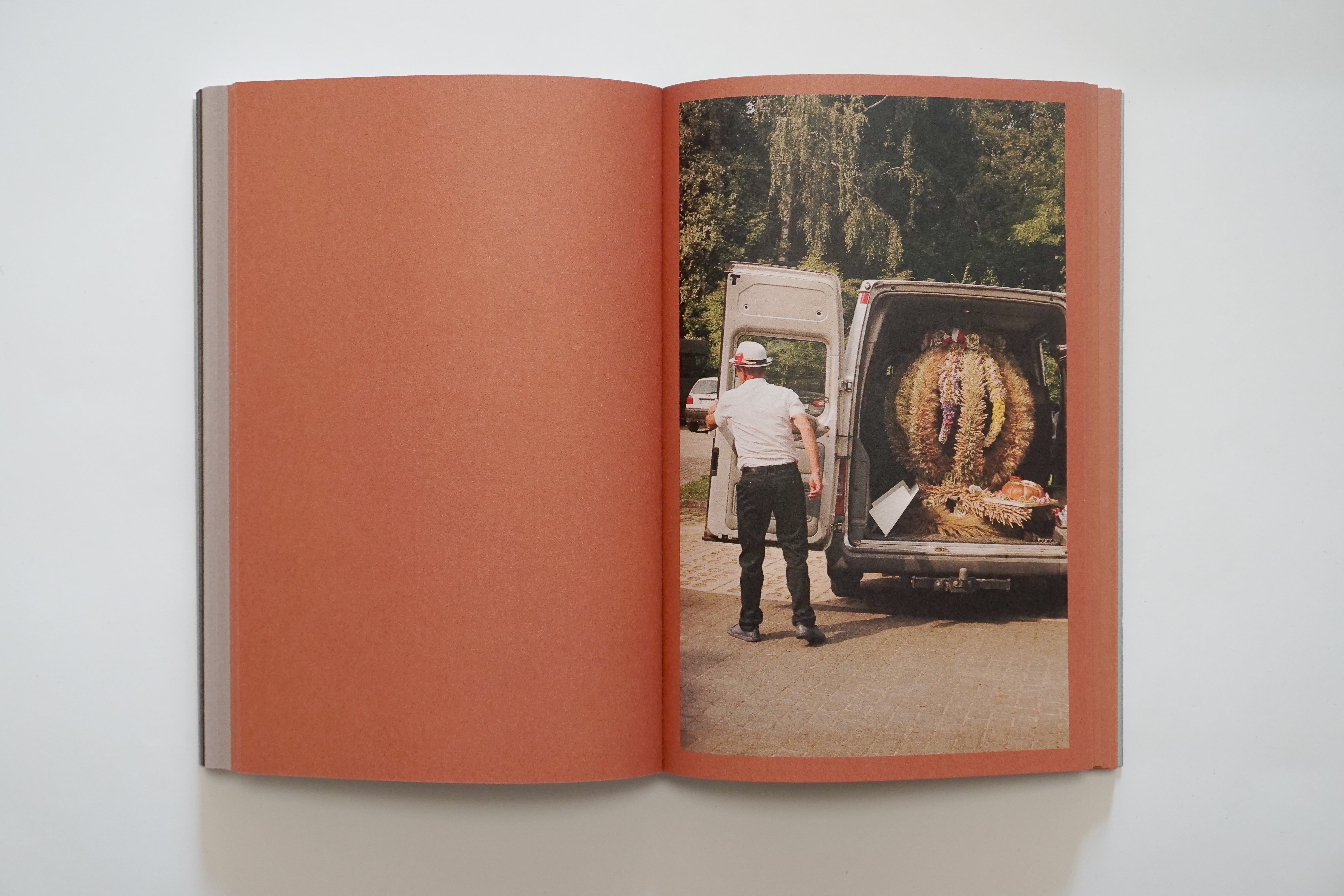

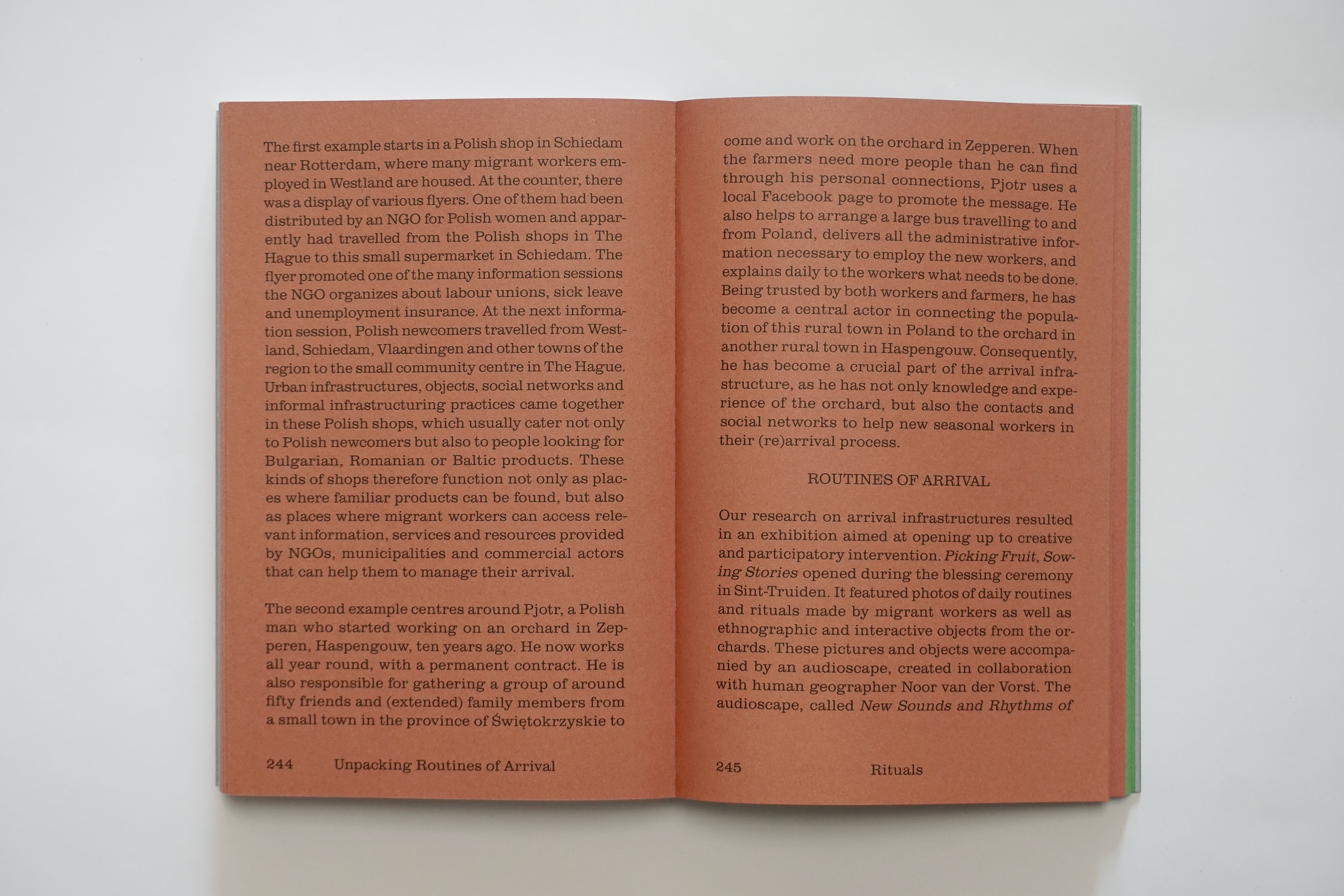



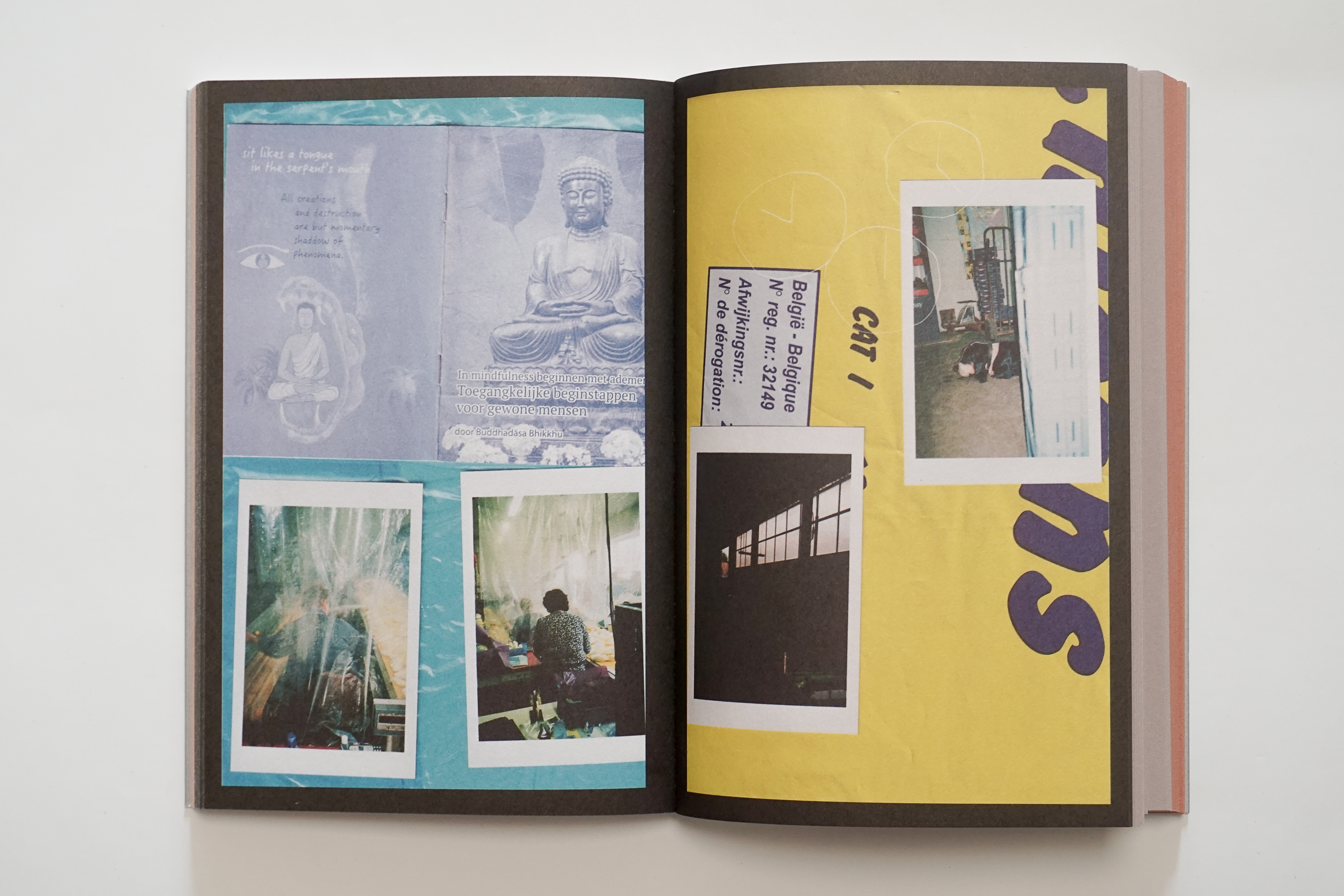
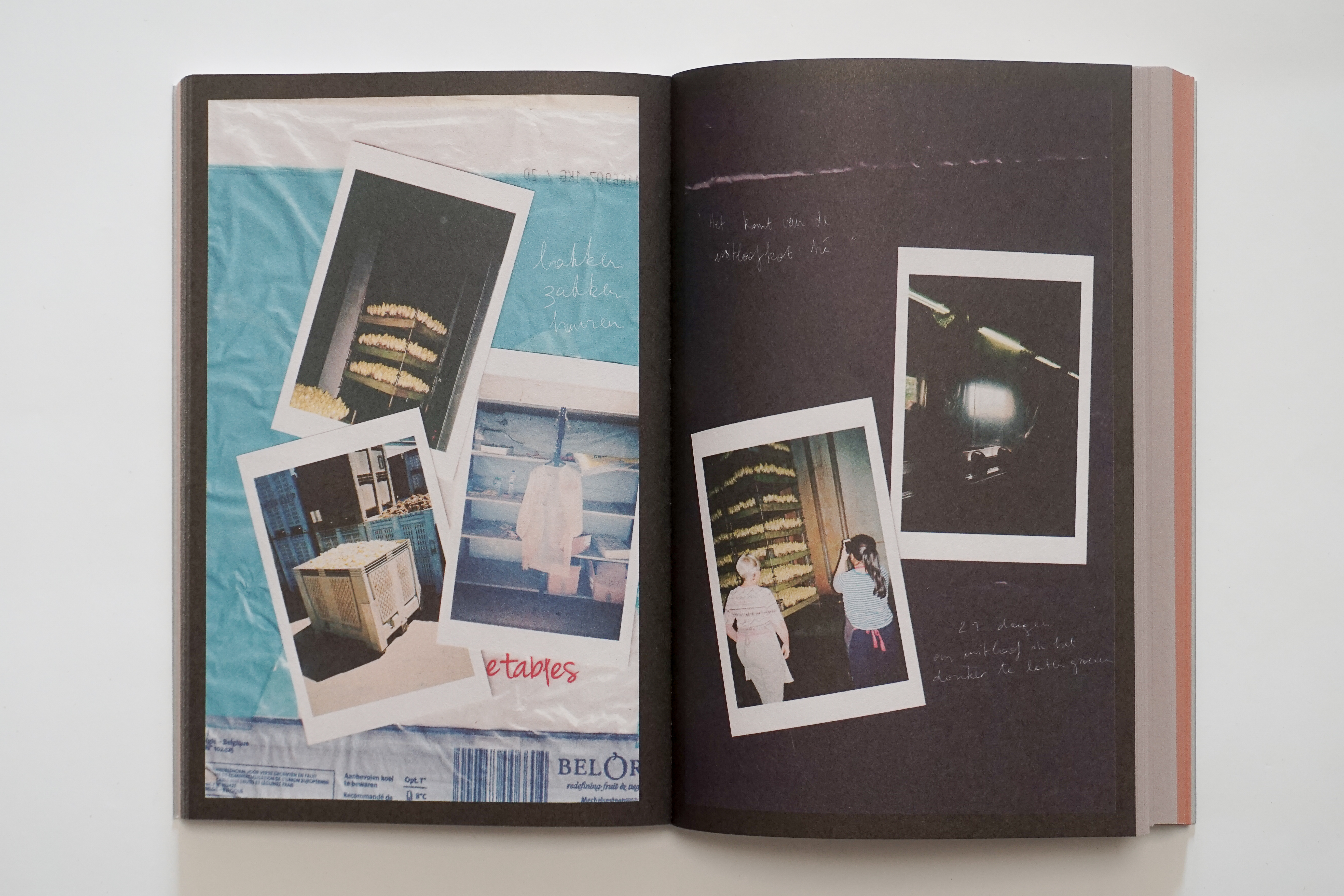
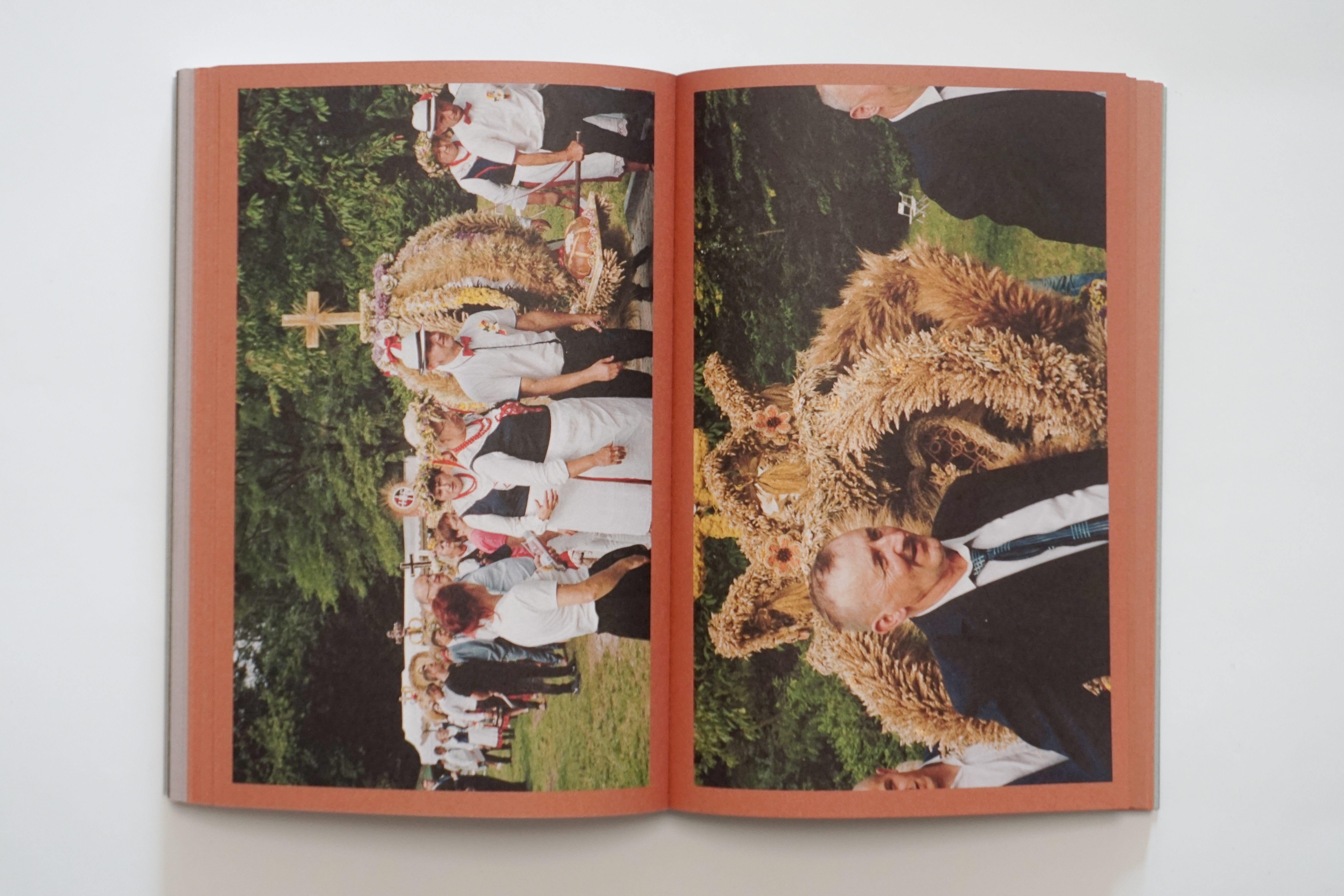

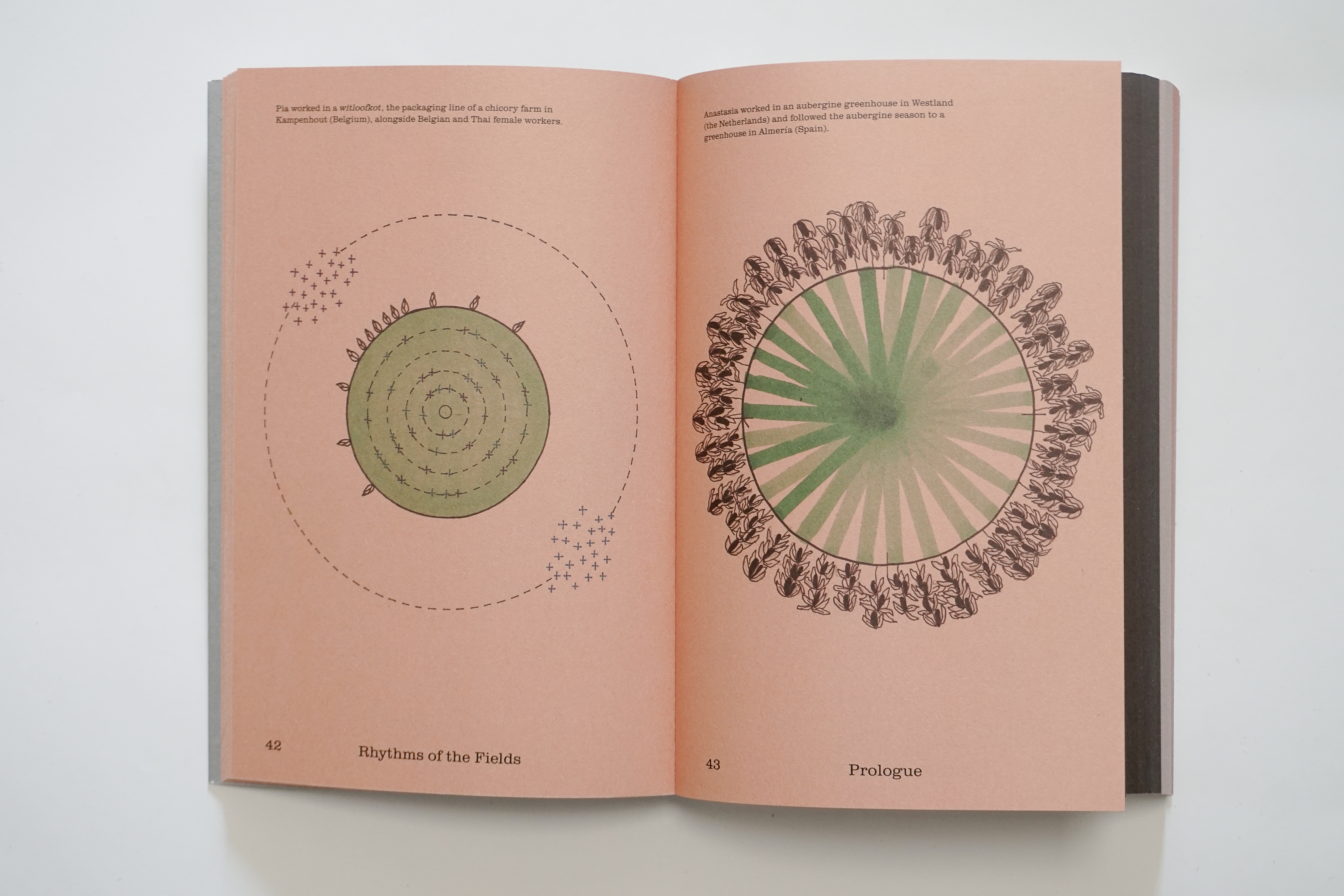
Seasonal Matters Rural Relations
Fieldnotes on rythms, rituals and cohabitationBook by Seasonal Neighbours
Edited by Anastasia Eggers & Ils Huygens
Designed by Bonsma&Reist
With contributions by Claire Chassot | Jonathan De Maeyer | Anastasia Eggers | Fernando Garcìa-Dory, Inland | Ciel Grommen | Pia. Jacques De Dixmude| Carolien Lubberhuizen | Ioana Lupascu | Sébastien Marot | Karolina Michalik| Yacinth Pos | Caroline Profanter | Maximiliaan Royakkers | Ines Marita Schaerer | Arnd Spahn, EFFAT | Mona Thijs | Ewoud Vermote
This initiative was made possible by subsidies of the Flemish Government and by Grensverleggers —scheme to support cultural collaborations between parties in Flanders, the Province of North Brabant, the Province of Limburg and the Province of Zeeland.
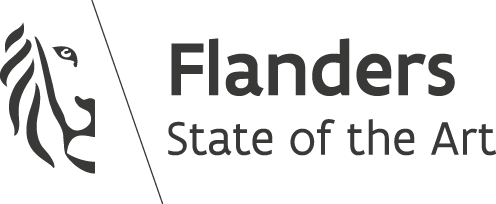
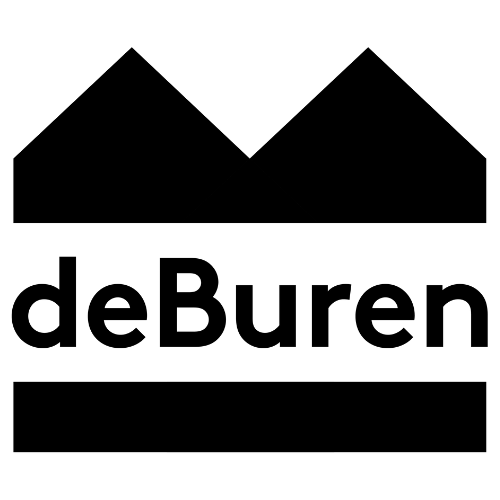


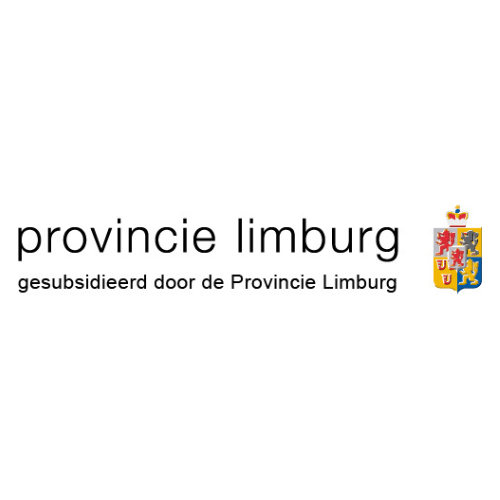
Published by Onomatopee, 2024︎︎︎
What if traditional relationships, between humans and non-humans, plants, the weather and the rhythm of the seasons, are being lost in the race for profit and for increasingly intensive methods of production? In sixteen contributions, interdisciplinary collective Seasonal Neighbours attempts to observe, record and archive narratives for the existing, disappearing and newly emerging relationships in the countryside.
Both theoretical and artistic contributions serve as a guide for perceiving the agricultural landscape. As a collage-style field-guide, Seasonal Matters Rural Relations addresses the role that artistic practices and fieldwork can play in the complexity of rural relations. The collective reflects on storytelling and the variety of themes from the evolution of metabolisms in horticulture, the changing rural landscape, stories of European labor migration to questions of robotisation and upscaling, domesticity, public space, new forms of citizenship, etc.
Seasonal Matters Rural Relations, (Field)notes on rhythms, rituals and cohabitation gathers different nuances of the agricultural realities experienced by the collective members in their neighbouring processes, working side by side with farmers, seasonal workers, plants and crops. These fieldwork experiences helped shape a variety of contributions moving from visual essays to graphic collages, poems, maps, short stories, picking songs and musical scores to intercultural recipes with wild plants.